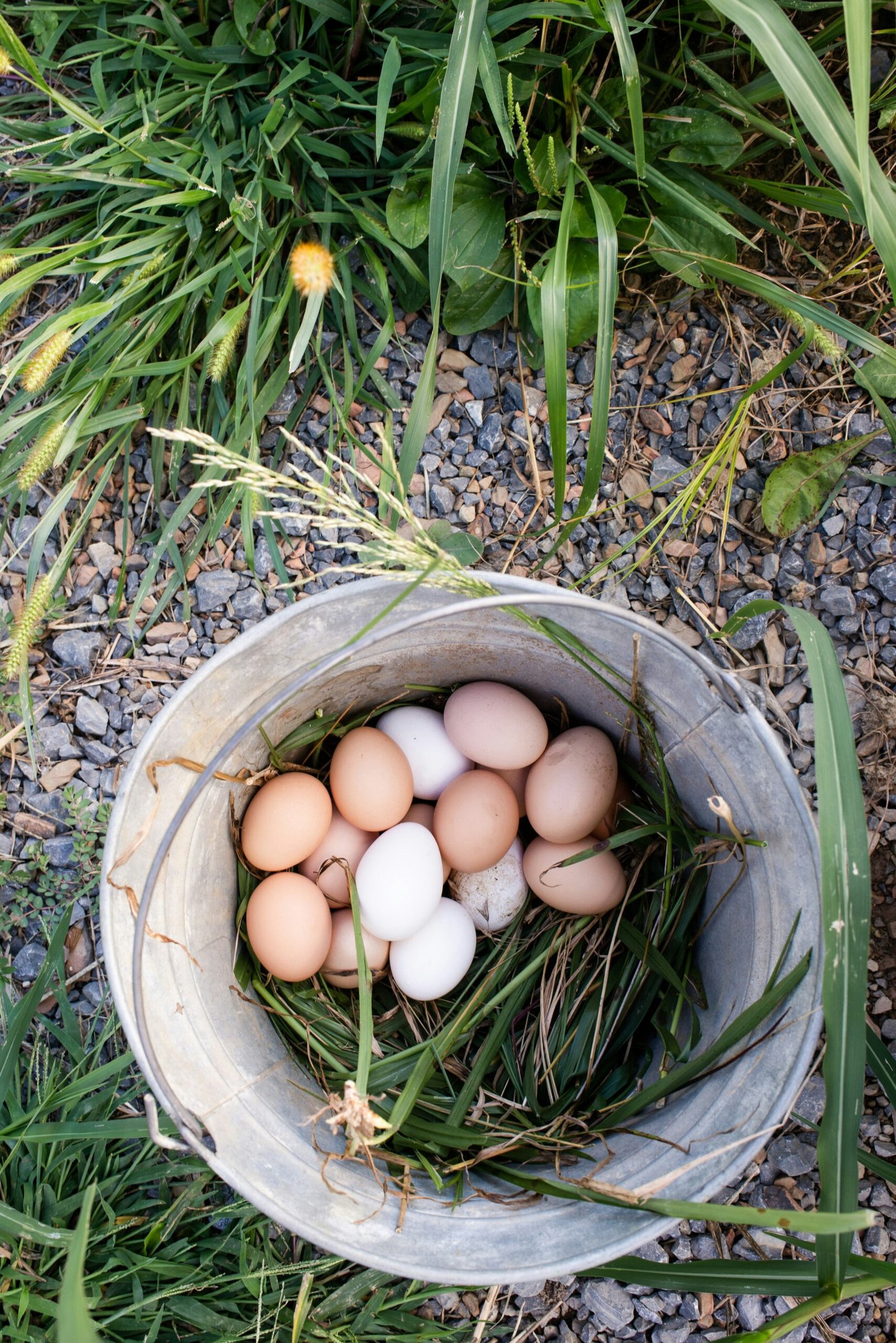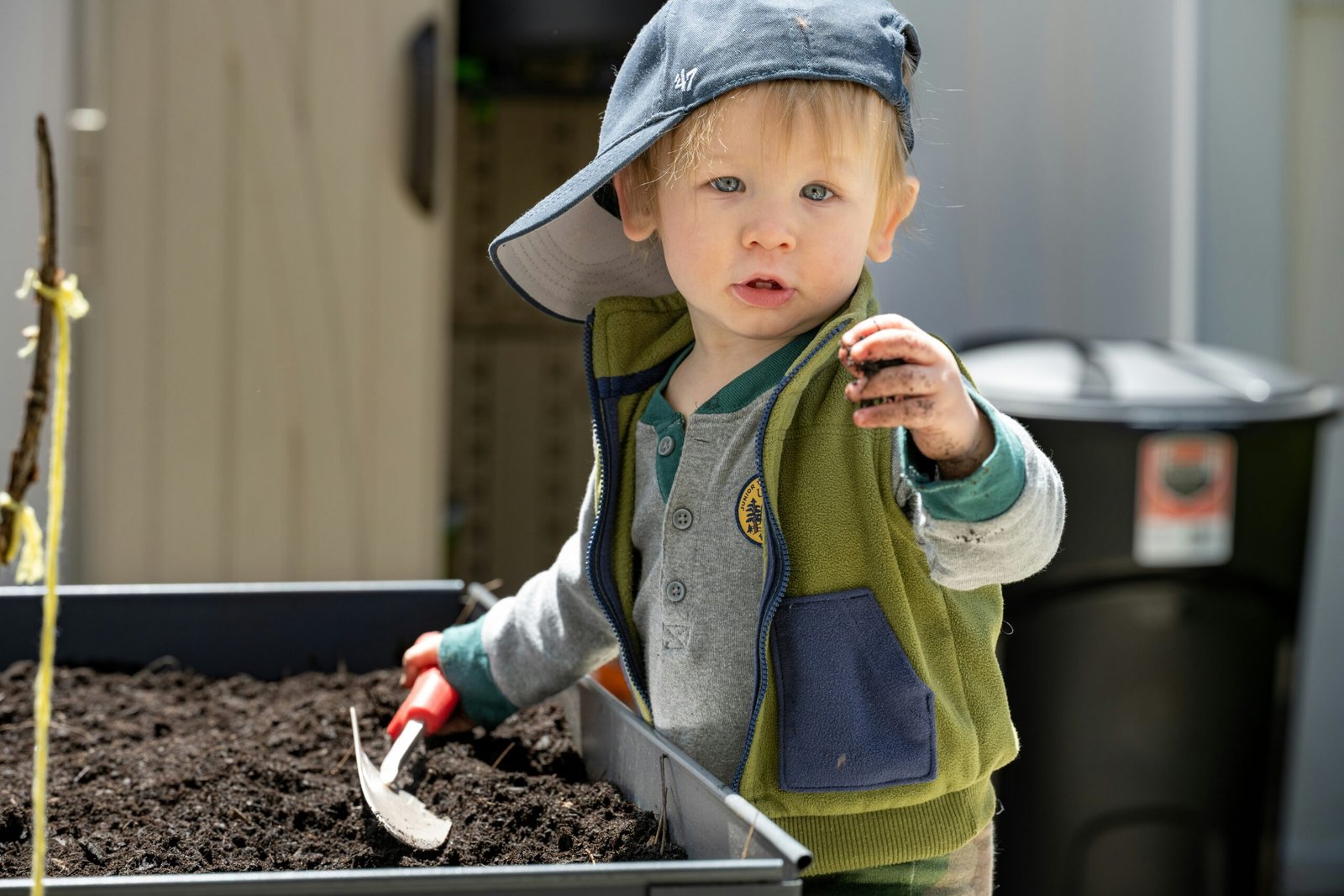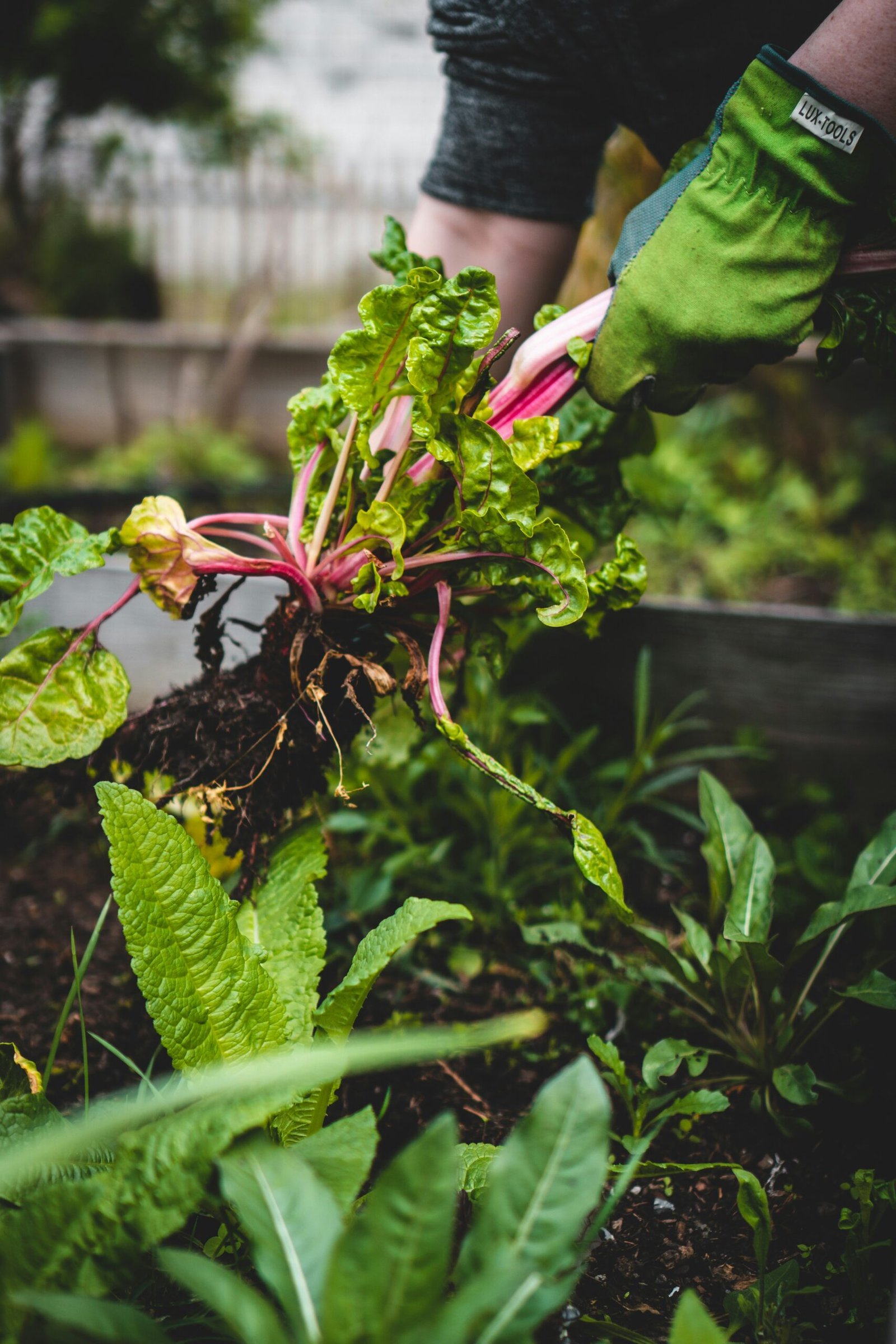Are you tired of watching your freshly harvested vegetables wilt away before you even get a chance to enjoy them? If so, it’s time to consider building a root cellar. A root cellar is a traditional method of food storage that helps to regulate temperature and humidity, ensuring your vegetables stay fresh for months. In this guide, we’ll discuss the best location for your root cellar, how to regulate temperature and humidity, and share some storage tips for different types of vegetables.
Finding the Perfect Location
The first step in building a root cellar is finding the perfect location. Ideally, you want a spot that is cool, dark, and well-ventilated. Look for a spot in your yard that is shaded from direct sunlight and away from any sources of heat, such as your house or a sunny wall.
It’s also important to consider the drainage of the area. You don’t want your root cellar to flood during heavy rains, so choose a spot that is elevated or has good drainage. Additionally, make sure the location is easily accessible so that you can easily store and retrieve your vegetables.
Regulating Temperature and Humidity
One of the key factors in maintaining the freshness of your vegetables is regulating the temperature and humidity inside your root cellar. The ideal temperature for most vegetables is around 32-40°F (0-4°C), with a humidity level of 85-95%. Here are a few tips to help you achieve these conditions:
- Insulation: Proper insulation is crucial to maintain a consistent temperature. Use materials like straw, hay, or sawdust to insulate the walls and ceiling of your root cellar.
- Ventilation: Good airflow is essential to prevent the buildup of excess moisture. Install vents or small windows to allow for air circulation.
- Thermometer and Hygrometer: Install a thermometer and hygrometer in your root cellar to monitor the temperature and humidity levels. Make adjustments as necessary to maintain optimal conditions.
Storage Tips for Different Vegetables
Now that you have your root cellar set up, it’s time to start storing your vegetables. Here are some storage tips for different types of vegetables:
Root Vegetables
Root vegetables like carrots, beets, and potatoes can be stored in boxes or crates filled with sand, sawdust, or straw. Make sure to remove any excess soil and damaged or diseased vegetables before storing. Check on them regularly and remove any spoiling vegetables to prevent them from affecting others.
Leafy Greens
Leafy greens such as lettuce, spinach, and kale can be stored in plastic bags or containers lined with damp paper towels to maintain moisture. Avoid washing them before storage as excess moisture can cause them to wilt.
Onions and Garlic
Onions and garlic prefer a cool and dry environment. Hang them in mesh bags or braid them together and hang them from the ceiling of your root cellar. Make sure they are stored away from other vegetables as their strong odors can affect the flavor of nearby produce.
Squash and Pumpkins
Squash and pumpkins can be stored on shelves or in crates in a cool, dry area. Make sure they are not touching each other to prevent rotting. Check on them regularly and use any that show signs of spoilage first.
Conclusion
Building a root cellar is a fantastic way to extend the shelf life of your harvested vegetables. By finding the perfect location, regulating temperature and humidity, and following the storage tips for different types of vegetables, you can enjoy fresh, homegrown produce all year round. So, roll up your sleeves and get ready to dig in!





